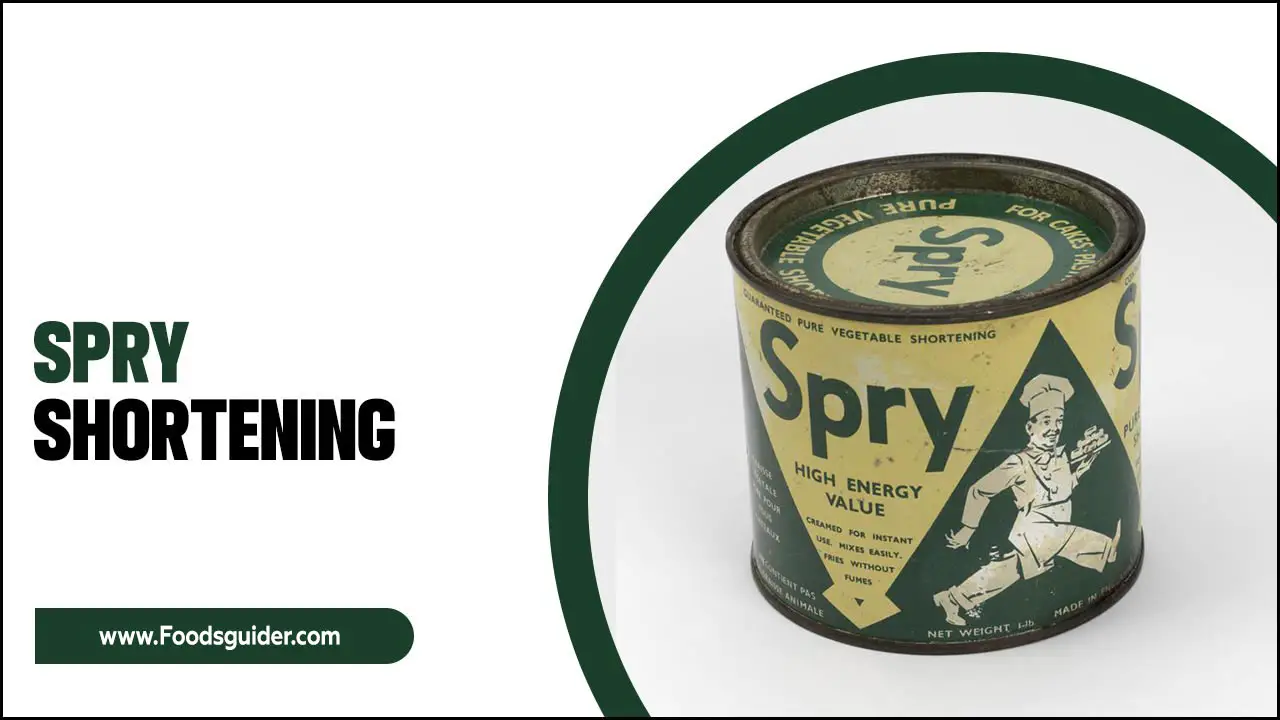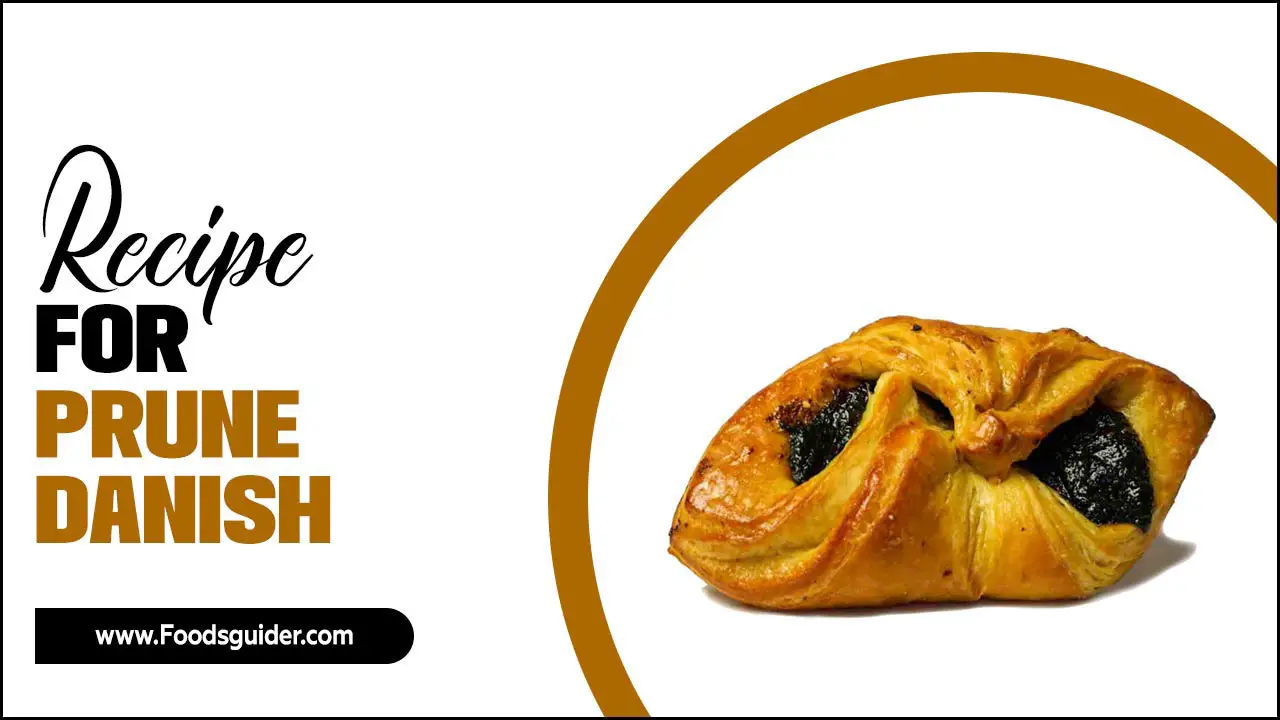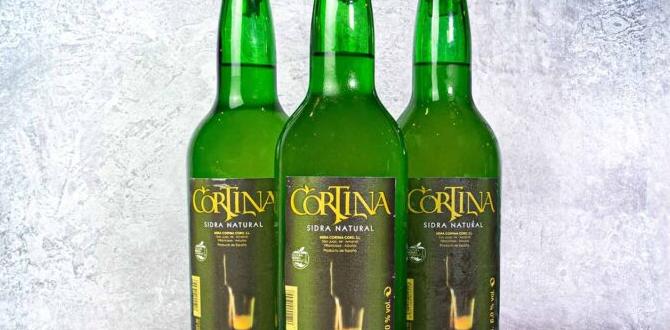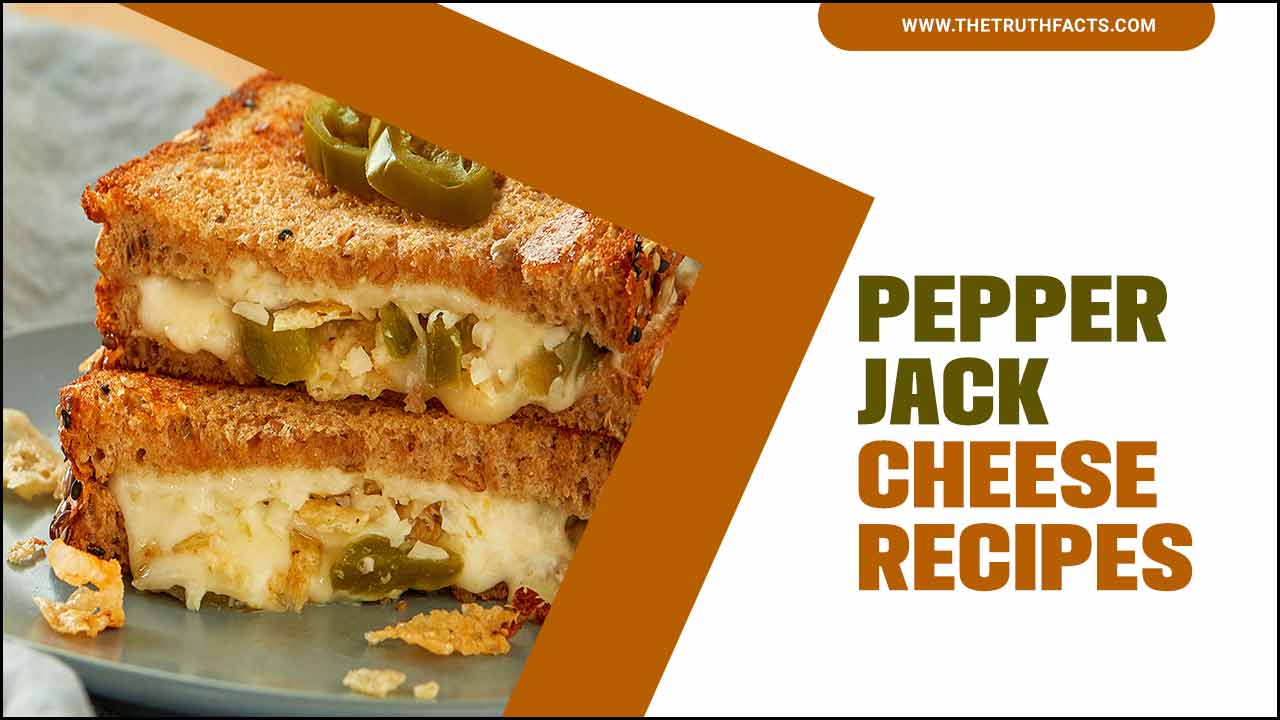Quick Summary: Embark on an unforgettable journey into Iranian saffron cuisine! This guide unveils how to travel, savor, and understand the world of Iran’s “red gold,” from its cultivation to its exquisite dishes, making your culinary adventure both delicious and insightful.
Imagine a world painted in shades of red and gold, where the air is perfumed with an aroma so precious it’s called “red gold.” This is the captivating realm of Iranian saffron cuisine. For many home cooks and food lovers, the idea of exploring saffron’s origins in Iran might seem a little daunting. Where do you even begin? Will you know how to appreciate its true essence? FoodsGuider is here to guide you with a simple, fun approach. We’ll demystify Iranian saffron cuisine travel, turning your curiosity into a delightful culinary exploration. Get ready to discover the secrets behind one of the world’s most prized spices, right from its source!
Unveiling the Magic of Iranian Saffron Cuisine Travel
Iran is synonymous with saffron. This isn’t just a spice; it’s a cultural icon, deeply woven into the fabric of Iranian life, history, and, of course, its incredible food. Traveling to Iran with the specific aim of experiencing its saffron cuisine is more than just a trip; it’s an immersion into a vibrant gastronomic heritage. From the sprawling saffron fields to the bustling bazaars and the intimate family kitchens, every corner tells a story of this precious crimson thread.
Our journey will explore why visiting Iran for saffron is such a rewarding experience for any food enthusiast. We’ll look at the best times to visit, the regions that are pivotal to saffron production, and how to engage with the local culture through its food. Get ready to uncover the unparalleled sensory delights that await you!
Why Travel to Iran for Saffron?
When you think of saffron, you might picture it as a tiny, expensive ingredient in your spice rack. But experiencing it in Iran offers a completely different perspective. Here’s why a culinary trip dedicated to saffron is a must:
- Authenticity Unmatched: Iran is the world’s largest producer of saffron. Visiting means tasting saffron in its purest, most potent form, straight from where it’s cultivated with generations of expertise.
- Cultural Immersion: Saffron is more than food; it’s art, tradition, and hospitality. You’ll witness its use in everything from everyday meals to sacred ceremonies.
- Sensory Delight: The aroma, color, and flavor of Iranian saffron are legendary. Experiencing them firsthand, from the fields to the table, is unforgettable.
- Culinary Discovery: Learn authentic recipes and cooking techniques that showcase saffron’s versatility in both sweet and savory dishes.
- Supporting local Economies: By engaging with local saffron farmers and artisans, you directly support the communities that have preserved this ancient craft.
The Heart of Saffron: Key Regions in Iran
While saffron is grown in various parts of Iran, certain regions are particularly renowned for their high-quality produce. Understanding these areas will help you plan your culinary journey and appreciate the regional nuances of saffron cultivation and usage.
Khorasan Province: The Saffron Kingdom
The northeastern province of Khorasan is often called the “saffron capital of the world.” This vast region, particularly the cities of Ghaenat and Torbat-e Heydariyeh, accounts for the majority of Iran’s saffron production. The specific climate and soil conditions here are ideal for growing the delicate Crocus sativus flower, from which saffron threads are painstakingly hand-picked.
When you visit Khorasan, especially during the harvest season (typically October and November), you can witness the entire process. Imagine walking through fields of purple flowers under the crisp autumn sky, with farmers carefully plucking the stigmas. This is a truly mesmerizing sight and a fantastic opportunity to learn about the labor-intensive process involved in producing the finest saffron.
Other Notable Saffron-Growing Areas
While Khorasan dominates, other provinces also contribute to Iran’s saffron output, often with their unique characteristics:
- Isfahan: This historic city, famous for its stunning architecture, also cultivates saffron. Here, saffron is often integrated into the local cuisine, which features a rich history of Persian flavors.
- Yazd: Known for its desert landscapes and ancient windcatchers, Yazd also produces saffron, adding its distinct touch to traditional desserts and beverages.
- Kerman: In the southeastern part of Iran, Kerman is another region where saffron thrives, contributing to the country’s overall production and offering unique culinary experiences.
Exploring these regions allows you to see how saffron is integrated into diverse landscapes and local food traditions, highlighting its widespread importance across Iran.
Best Time to Travel for Saffron Enthusiasts
Timing is everything when planning a culinary adventure centered around saffron. To witness the magic of saffron firsthand, from flower to thread, you’ll want to plan your trip during the crucial harvest season.
The Saffron Harvest Season (Autumn)
The most vibrant and rewarding time to visit Iran for saffron cuisine travel is during the harvest season, which typically spans from late October to mid-November. This is when the Crocus sativus flowers bloom, blanketing the fields in a beautiful purple hue. The delicate stigmas, the source of saffron, are then hand-picked in the early morning hours before the sun gets too strong.
Visiting during this period offers several unique opportunities:
- Witnessing the Harvest: You can experience the breathtaking sight of saffron fields in full bloom and perhaps even participate in the delicate plucking process.
- Meeting Farmers: Engage directly with saffron farmers, learn about their traditions, and understand the challenges and rewards of their work.
- Fresh Saffron: Taste and purchase the freshest saffron, directly from the source, ensuring unparalleled quality and aroma.
- Saffron Festivals: Some regions might host local festivals celebrating the saffron harvest, offering a deeper cultural immersion.
Beyond Harvest: Year-Round Appreciation
Even if you can’t make it during harvest, Iran’s saffron culture is present year-round. You can still:
- Explore Bazaars: Visit traditional bazaars where saffron is sold in its various forms, learning from vendors about quality and usage.
- Savor Saffron Dishes: Enjoy Iran’s national dishes and local specialties that feature saffron prominently in restaurants and homes.
- Visit Saffron Museums: Some areas might have small museums or cultural centers dedicated to saffron, offering insights into its history and significance.
For the most immersive experience connecting directly with the saffron-growing process, the autumn harvest is unparalleled. However, the allure of saffron cuisine is potent throughout the year.
Experiencing Saffron in Iranian Cuisine: A Culinary Guide
Iranian cuisine is a symphony of flavors, and saffron is its conductor, adding a unique aroma, a golden hue, and a subtly sweet, earthy note to a vast array of dishes. When you travel to Iran, exploring its saffron-infused culinary landscape is an adventure in itself. From humble rice dishes to elaborate stews and delicate desserts, saffron elevates every bite.
Must-Try Saffron Dishes
Here are some iconic Iranian dishes where saffron shines brightest:
| Dish Name | Description | Key Use of Saffron |
|---|---|---|
| Chelow Kebab | The quintessential Iranian dish: fragrant basmati rice (chelow) served with grilled meat skewers (kebab). | Saffron is steeped and drizzled over the rice to create a beautiful golden topping, infusing it with aroma and flavor. |
| Tahdig | The coveted crispy, golden crust at the bottom of the rice pot. | Saffron-infused water or butter is often added to the surface of the rice before steaming, giving the tahdig a golden color and aromatic finish. |
| Ghormeh Sabzi | A beloved herbal stew made with mixed herbs, kidney beans, and lamb or beef. | While herbs are dominant, a touch of saffron can be added to the broth to deepen the flavor complexities and add a subtle richness. |
| Fesenjan | A rich and tangy stew made with ground walnuts and pomegranate molasses, typically with chicken. | Finely ground saffron is often added to the sauce to balance the tartness of the pomegranate and add a luxurious aroma and subtle warmth. |
| Sholeh Zard | A traditional Persian rice pudding, often served during religious or celebratory occasions. | This dessert is a vibrant golden color, thanks to a generous amount of saffron, and is typically flavored with rosewater and cardamom, then garnished with cinnamon and almonds. |
| Saffron Ice Cream (Bastani Sonnati) | A unique and refreshing frozen treat often containing rosewater and pistachios. | Saffron provides its signature color and aromatic depth, making it a distinctively Persian flavor. |
| Saffron Bread (Noon-e Shami, etc.) | Various types of bread are flavored with saffron. | Saffron is incorporated into the dough to give the bread a beautiful golden tint and a delicate aroma. |
Beverages and Desserts
Saffron isn’t limited to savory dishes. It’s widely used in:
- Saffron Tea: A fragrant and calming beverage.
- Sharbat (Syrups): Sweetened drinks often flavored with rosewater and saffron.
- Halva: A dense, sweet confection sometimes made with saffron.
- Kooloocheh: Biscuits or small cakes often featuring saffron.
Exploring these culinary creations offers a direct connection to the heart of Iranian culture. Don’t be shy to ask about the role of saffron in any dish you encounter!
A Traveler’s Guide to Buying and Storing Saffron
When you’re in Iran, surrounded by the aroma of saffron, you’ll naturally want to bring some home. But how do you ensure you’re buying the best quality, and how do you keep it fresh?
Tips for Buying Authentic Saffron
Saffron is precious, and sadly, adulteration can occur. Here’s what to look for:
- Appearance: High-quality saffron threads (stigmas) are a deep crimson red with a slight orange or yellow hue at the tips. They should be thread-like, not broken or powdered.
- Aroma: Authentic saffron has a distinct, sweet, and slightly pungent aroma. It’s often described as floral or hay-like. If it smells like paper or nothing at all, be wary.
- Taste: A very small amount of saffron should impart a noticeable flavor to liquids. It’s a unique blend of sweet and bitter.
- Source Verification: Buy from reputable sources, such as established spice merchants in bazaars or directly from farmers during harvest. Look for certified origins if possible. In larger cities, established grocers and spice shops are generally reliable.
- Price: While it’s the most expensive spice by weight, be cautious of prices that are too good to be true. Extremely cheap saffron is often a red flag.
- Packaging: Saffron is often sold in small tins, glass jars, or vacuum-sealed packets to protect it from light and moisture.
A government organization that provides information on agricultural products and standards in Iran is the Ministry of Agriculture-Jihad (MAJ). While they may not directly sell saffron, their resources can offer insights into the quality standards and regions for agricultural products in Iran.
How to Store Saffron
Proper storage is key to preserving saffron’s potency:
- Airtight Container: Keep saffron in an airtight container. This prevents moisture and air from degrading its flavor and aroma.
- Cool, Dark Place: Store the container in a cool, dark place, away from direct sunlight and heat. A pantry or cupboard is ideal.
- Avoid Refrigeration/Freezing (Generally): While some sources suggest freezing for long-term storage, it can sometimes affect the aroma for immediate use. For typical kitchen use, avoiding extreme temperatures is best.
- Buy in Smaller Portions: If you don’t use saffron frequently, it’s better to buy smaller quantities more often to ensure freshness.
By following these guidelines, you can bring the essence of Iranian saffron home and continue to enjoy its exquisite flavors long after your trip.
Practical Tips for Your Saffron Cuisine Travel
Planning a trip focused on food is exciting! To make your Iranian saffron cuisine travel smooth and enjoyable, consider these practical tips:
Visa and Travel Arrangements
Visa requirements can vary based on your nationality. It’s crucial to check the latest regulations for your passport well in advance. Many travelers can secure visas upon arrival or apply through an Iranian embassy or consulate. Booking flights and accommodation should be done early, especially if you plan to travel during peak tourist seasons or the saffron harvest.
Cultural Etiquette and Dress Code
Iran is a country with a rich cultural heritage and Islamic traditions. Visitors are expected to respect local customs. For women, this includes wearing a headscarf (hijab) and loose-fitting clothing that covers the arms and legs. Men should avoid shorts. Learning a few basic Farsi phrases, like greetings and thank you, will be greatly appreciated by locals.
Currency and Payment
The official currency is the Iranian Rial (IRR). However, due to international sanctions, foreign credit cards are generally not accepted. It’s essential to carry enough cash (often USD or EUR, which can be exchanged in Iran) for your expenses. Bureau de change offices and exchange shops are readily available in cities.
Language
The official language is Farsi (Persian). While English is understood in tourist areas, hotels, and by some tour guides, having a translation app or a phrasebook can be incredibly helpful, especially when interacting with local vendors or in more remote areas.
Food Safety and Hydration
Tap water in major cities is generally considered safe to drink, but many visitors prefer to drink bottled water. When it comes to food, Iranian cuisine is known for its fresh ingredients and hygienic preparation. Eating at reputable restaurants and trying street food from busy, popular stalls is usually safe. Don’t hesitate to enjoy the fresh fruits and vegetables!
Connectivity
Getting a local SIM card upon arrival is often the most affordable way to stay connected for calls and data. Wi-Fi is available in most hotels and some cafes, though it can sometimes be slow.
Responsible Tourism
When visiting saffron farms or engaging with local communities, practice responsible tourism. Ask permission before taking photos of people, be mindful of local customs, and support local businesses by purchasing authentic handicrafts and saffron directly from farmers or their cooperatives.
By keeping these practical aspects in mind, you can focus on the delightful aspects of your Iranian saffron cuisine adventure, ensuring a memorable and enriching experience.
Beyond the Plate: Understanding Saffron’s Cultural Significance
Saffron in Iran is far more than just a culinary ingredient; it’s a symbol of prestige, healing, and artistry. Understanding its deeper cultural role enriches the travel experience immensely.
Saffron in Persian Art and Literature
The beauty and mystique of saffron have inspired Persian poets, artists, and calligraphers for centuries. The color gold, often achieved with saffron, is frequently referenced in classical Persian literature, symbolizing divinity, purity, and royalty. Imagine miniatures where golden hues dominate a scene, or poems that speak of love as being as precious and rare as saffron.
Its use in miniature paintings, textile dyeing, and even illuminating manuscripts showcases its artistic value. The vibrant golden-yellow achieved through saffron dye has been used for centuries in traditional Persian carpets and decorative arts, adding a touch of inimitable splendor.
Saffron in Traditional Medicine
Long before its culinary popularity, saffron was revered for its medicinal properties. Traditional Persian medicine, known as Unani or Greco-Persian medicine, utilized saffron for its purported benefits:
- Mood Enhancement: It has been used as a natural remedy for mild depression and anxiety.
- Digestive Aid: Saffron was believed to improve digestion and relieve stomach ailments.
- Anti-inflammatory Properties: Its antioxidant compounds were recognized for their potential to reduce inflammation.
- Eye Health: In some traditions, it was used to promote vision health.
Modern scientific research continues to explore these traditional uses, with studies investigating saffron’s potential as an antidepressant and antioxidant. For instance, research published in journals like the Journal of Ethnopharmacology has highlighted saffron’s therapeutic potential based on its chemical compounds.







